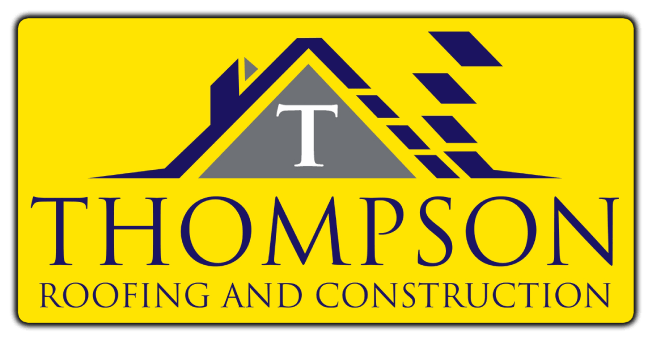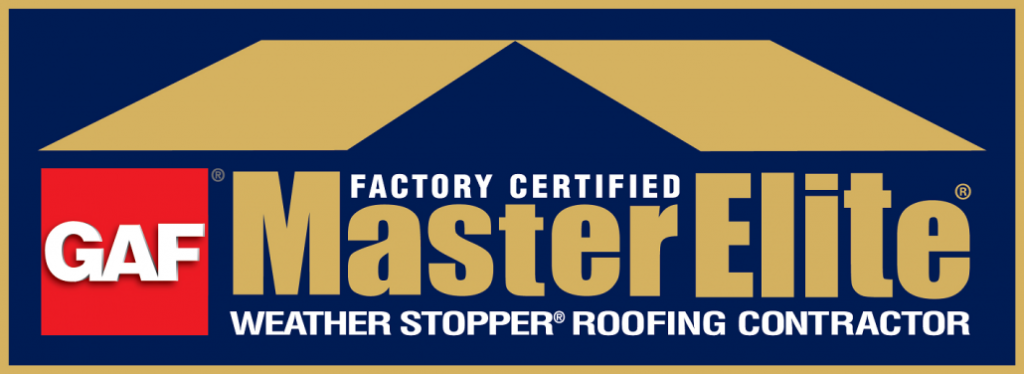Condensation and Its Effects on Your Roof
Condensation is a completely natural process. It occurs whenever the moisture in the air comes into contact with a cold surface and turns into liquid water. You can mostly observe this by placing an ice cold glass of water out in the sun. After a few moments, beads of water begin to form on the glass surface, eventually trickling down to the table in a small puddle. This process can happen to a cold glass or to your roof. The only difference is that water tends to have harmful effects when it gathers in places you want to keep dry. In this post, your new construction providers explain condensation further.

Condensation Within Your Roof
As we mentioned, condensation can happen within your roof where it could do a lot of damage. Water can damage the insulation of your roof, leading to higher energy costs, advance the unwanted growth of mold and mildew, and prematurely deteriorate the roof structure. To avoid all this, most new construction and remodeling efforts consider condensation as a factor during the planning and designing phase.
Avoiding Condensation
Condensation can only happen when there’s a surface to which the water vapor can adhere. This is why many architects and designers work together with HVAC engineers to help lessen or completely remove any points of direct contact between your home’s ceiling and the roof itself. This is done by placing an insulating layer, sometimes two, to avoid the moisture-rich air from rising up and condensing. There will be certain points when a direct connection cannot be avoided. However, properly sealing these possible points of entry could help mitigate this issue. If condensation cannot be avoided, ask your roofing contractor about systems that can redirect water, perhaps through your gutters, from your roof.
Not Just Your Roof
You want to avoid water damage on your roof, but it’s not the only area susceptible to it. Water can easily damage other parts of your home if allowed to seep in from your roof. Make sure that all connections between the roof, your walls and siding, and even unseen fixtures, such as the insulating layers between your ceiling and your roof, are kept dry or at least properly sealed.
Avoid having condensation problems with your roof by working with the experts from Thompson Roofing and Construction. We also handle siding installation and replacement. Give us a call today at (256) 251-5566. We serve Huntsville, AL, and all surrounding areas.






